I’ve been meaning to try making chocolate babka for a couple years now. After putting it off for so long, and it being our last day of tech class today, I knew this was the push I needed. So yesterday I picked up some yeast and extra chocolate just in case and headed home to make the Bon Appetit Chocolate Babka recipe.
This was my first time using the dough hook on my electric mixer, but I followed the recipe dutifully and tried it. I wouldn’t say it did the job super well and I might just knead by hand next time. But on further reading I also found out you don’t want to over knead babka dough either, so maybe the light touch of the dough hook was the right call. I found the dough VERY sticky though, and when I turned it out to knead by hand it was impossible to work with without incoporating a lot more flour. So I ended up adding an unknown amount of extra flour, the dough was still sticky but workable. Then I proved it for 2 hours, and chilled for a 1.5 hours (dinner time with the kids got in the way). I wish I had buttered the bowl even more than I did, because I had some sticking, and next time I will put the plastic wrap cover directly on the dough to stop a skin from forming.
When I got back to the babka, punching the air out and rolling it to 22″ by 12″ went fairly smoothly. As did melting and spreading the chocolate. I think I should have pulled it tighter when I rolled it up though because it ended up so think I had trouble getting the right number of twists. So there were only 3 twists as opposed to 5. I left it to prove again while I made the streusel topping. I baked it for 50 mins, but it came out of the oven quite dark. My oven usually runs cold so this was a bit of a suprise but oh well!
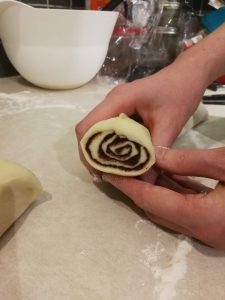
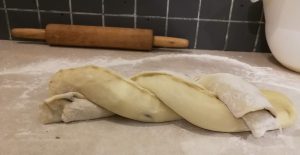
I took the babka into our class today to share, and when I sliced it up the inside looked perfect! It had a nice fluffy texture and people seemed to like it overall. I guess sweet chocolate bread is always going to be appreciated but I was a bit skeptical on how it would actually taste.
Aside from the babka taking MUCH longer to prepare and prove than I was expecting (and the timing being exactly the opposite from what was going on with my family and dinner and chaos), it was not too taxing to make and it was super delicious. I’ll try it again, and add more streusal topping for sure!
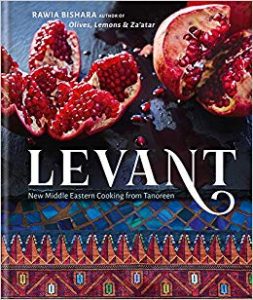
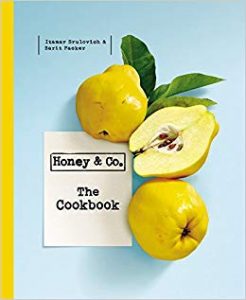
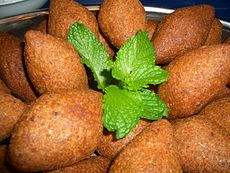
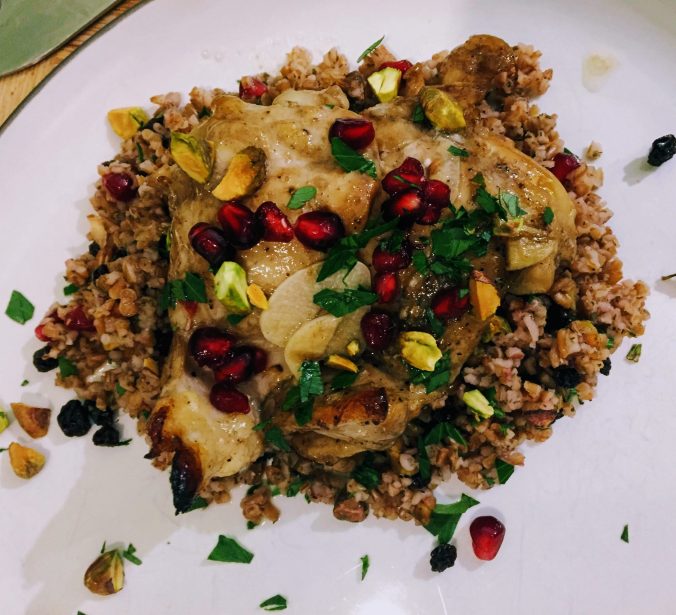
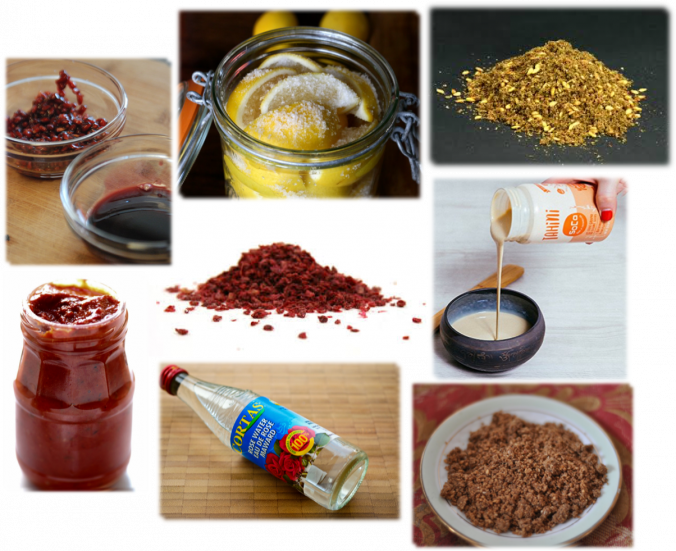
:max_bytes(150000):strip_icc():format(webp)/GettyImages-923788788-f1e51822c2f54eeab7eb969d6f0b7703.jpg) Cumin – popular all over the world, and very prevalent in the Middle East. Strong, fragrant spice, probably reminds most people of falafel. I love it with coriander, and basically everything. Cumin is actually related to parsley. It’s often used in meat and bean dishes or stews.
Cumin – popular all over the world, and very prevalent in the Middle East. Strong, fragrant spice, probably reminds most people of falafel. I love it with coriander, and basically everything. Cumin is actually related to parsley. It’s often used in meat and bean dishes or stews.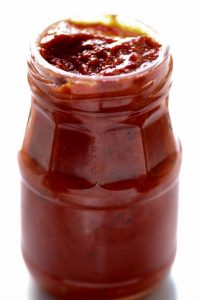 Harissa – a blend of hot peppers, oil and spices. I haven’t tried this one out yet because my kids won’t eat spicy food and I don’t get a chance to cook food very often that they don’t also need to eat .
Harissa – a blend of hot peppers, oil and spices. I haven’t tried this one out yet because my kids won’t eat spicy food and I don’t get a chance to cook food very often that they don’t also need to eat .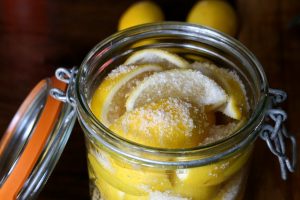 Preserved Lemon – used throughout the middle east to add umami style lemon flavour. Basically it’s pickled lemons. Apparently they are easy to make, they just take time to cure. I have some store bought ones in my cupboard that I need to get around to using. I love lemon and pickled things so I assume I will love these.
Preserved Lemon – used throughout the middle east to add umami style lemon flavour. Basically it’s pickled lemons. Apparently they are easy to make, they just take time to cure. I have some store bought ones in my cupboard that I need to get around to using. I love lemon and pickled things so I assume I will love these.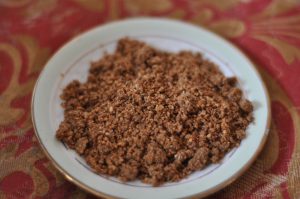
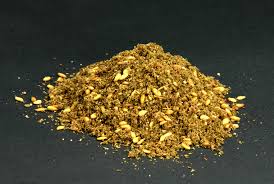
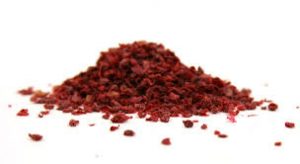 Sumac – dried, powdered berries with a sour lemon flavour and a dark purple colour. It can be substituted for lemons in recipes actually. It’s used in meat dishes, stews and dressings.
Sumac – dried, powdered berries with a sour lemon flavour and a dark purple colour. It can be substituted for lemons in recipes actually. It’s used in meat dishes, stews and dressings. Baharat – truly a “mix of spices” – black pepper, coriander, cinnamon, cloves, cumin, cardamom, nutmeg and paprika.
Baharat – truly a “mix of spices” – black pepper, coriander, cinnamon, cloves, cumin, cardamom, nutmeg and paprika.:max_bytes(150000):strip_icc():format(webp)/cardamom-seeds-in-a-bowl-79337056-582603825f9b58d5b12c9b32.jpg)
 Saffron – as seasoning and colouring agent in food. The threads are stigmata from the saffron crocus flower. It gives food a yellow-orange flavour and is one of the world’s most expensive spices by weight. Famously used in Persian Rice, which I still haven’t tackled yet.
Saffron – as seasoning and colouring agent in food. The threads are stigmata from the saffron crocus flower. It gives food a yellow-orange flavour and is one of the world’s most expensive spices by weight. Famously used in Persian Rice, which I still haven’t tackled yet.:max_bytes(150000):strip_icc():format(webp)/close-up-of-turmeric-powder-by-bottle-on-wooden-table-665501667-582603b45f9b58d5b12ca686.jpg) Tumeric – a bright yellow ground spice that adds colour and earthy flavour.
Tumeric – a bright yellow ground spice that adds colour and earthy flavour.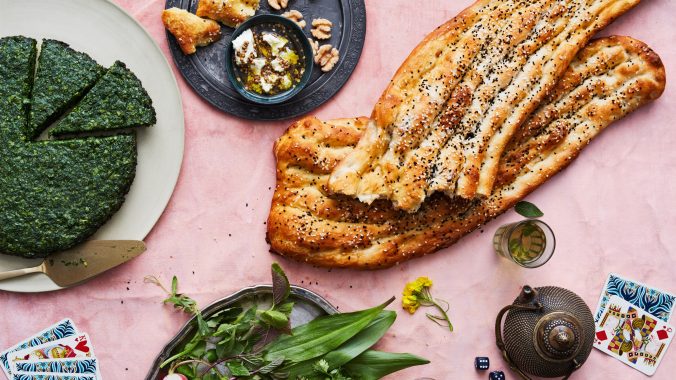
 Reem Assil is a community organizer turned restaurant owner 2011
Reem Assil is a community organizer turned restaurant owner 2011
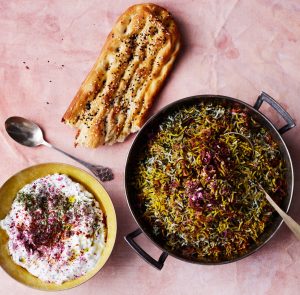
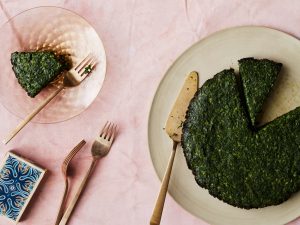

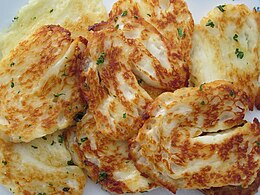
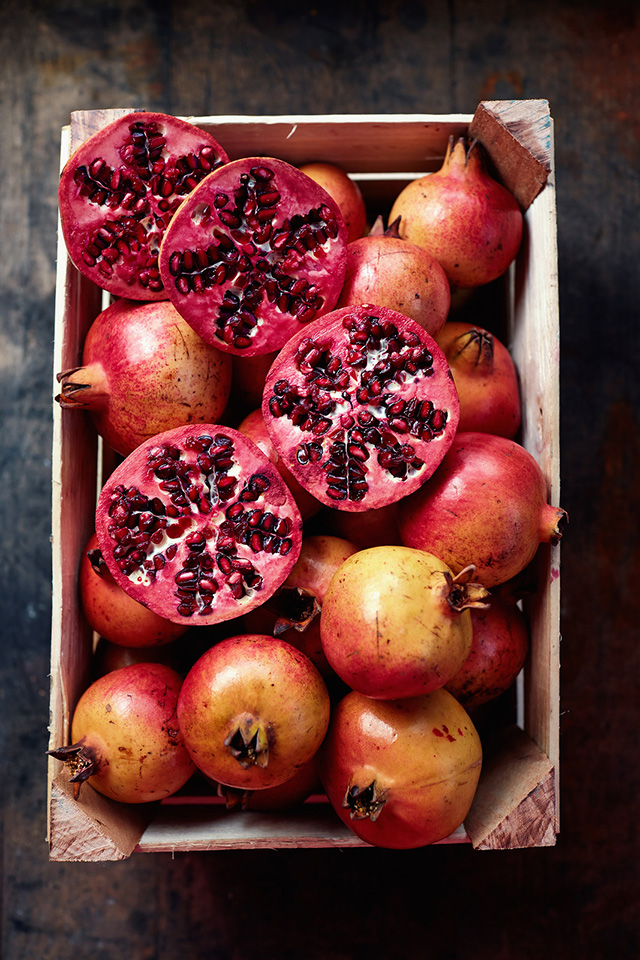
 Pomegranate molasses is a thick syrup made by reducing pomegranate juice. It becomes a sweet, tart and tangy syrup. (It’s not actually molasses at all). It is regularly used in middle eastern cooking, particularly in Iran, Turkey and Lebanon. I bought the Cortas brand again, which it turns out was recommended
Pomegranate molasses is a thick syrup made by reducing pomegranate juice. It becomes a sweet, tart and tangy syrup. (It’s not actually molasses at all). It is regularly used in middle eastern cooking, particularly in Iran, Turkey and Lebanon. I bought the Cortas brand again, which it turns out was recommended 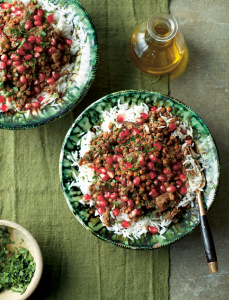

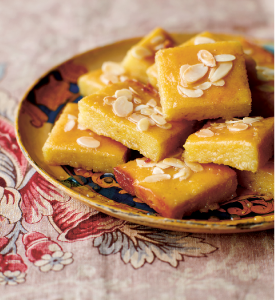
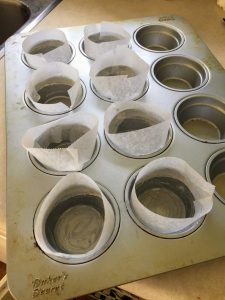
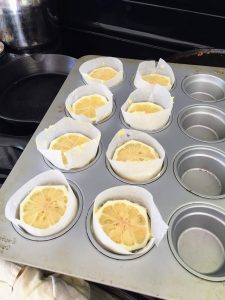 The recipe was super simple to follow and the batter mixed up quickly. It makes 8 mini cakes using a muffin pan. Making parchment collars was a new skill for me, and not one I have totally mastered yet but I am not afraid to try again! The batter has lemon zest in it and each mini cake has a thin lemon slice on top. I had to trim the edges of the slices to get them to fit.
The recipe was super simple to follow and the batter mixed up quickly. It makes 8 mini cakes using a muffin pan. Making parchment collars was a new skill for me, and not one I have totally mastered yet but I am not afraid to try again! The batter has lemon zest in it and each mini cake has a thin lemon slice on top. I had to trim the edges of the slices to get them to fit.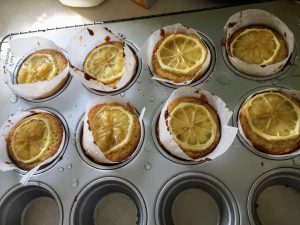 My oven always runs a little cool so I would bake these at 350 rather than 325 next time, but that’s probably different for everyone. It just took a little extra time to back and I never got the caramelization on the lemons that the recipe called for.
My oven always runs a little cool so I would bake these at 350 rather than 325 next time, but that’s probably different for everyone. It just took a little extra time to back and I never got the caramelization on the lemons that the recipe called for. At my dad’s house the cakes were a major hit. The recipe suggested serving them with yoghurt or creme fraiche, but we went with whipped cream just to be a crowd pleaser. I found I like the cake plain though to really let the rose water flavour come through. The tops of the cake, which had the most syrup were the best part. My dad, granny, cousin and husband all loved the cake. The kids were a little more fond of the whipped cream. But the adults even gobbled up the lemons from the top.I will make these again, or probably try the Zaitoun recipe first, but this is definitely worth a repeat. I would like try it as a round cake though rather than the minis. I would use parchment on the bottom of the pan too because I had a lot of sticking even with liberal butter on the pans. I would make double the amount of syrup to make sure the cakes were drenched all the way to the bottom with syrup. Yum!
At my dad’s house the cakes were a major hit. The recipe suggested serving them with yoghurt or creme fraiche, but we went with whipped cream just to be a crowd pleaser. I found I like the cake plain though to really let the rose water flavour come through. The tops of the cake, which had the most syrup were the best part. My dad, granny, cousin and husband all loved the cake. The kids were a little more fond of the whipped cream. But the adults even gobbled up the lemons from the top.I will make these again, or probably try the Zaitoun recipe first, but this is definitely worth a repeat. I would like try it as a round cake though rather than the minis. I would use parchment on the bottom of the pan too because I had a lot of sticking even with liberal butter on the pans. I would make double the amount of syrup to make sure the cakes were drenched all the way to the bottom with syrup. Yum!

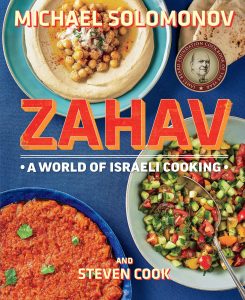
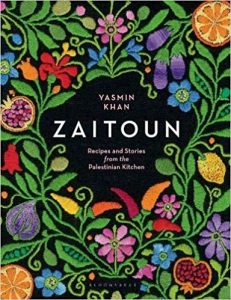
 Recently I went to check the books availability again and some of the Ottolenghi books are available as ebooks. There are a lot of different way to view their digital content, so I chose and downloaded the app for
Recently I went to check the books availability again and some of the Ottolenghi books are available as ebooks. There are a lot of different way to view their digital content, so I chose and downloaded the app for
Recent Comments